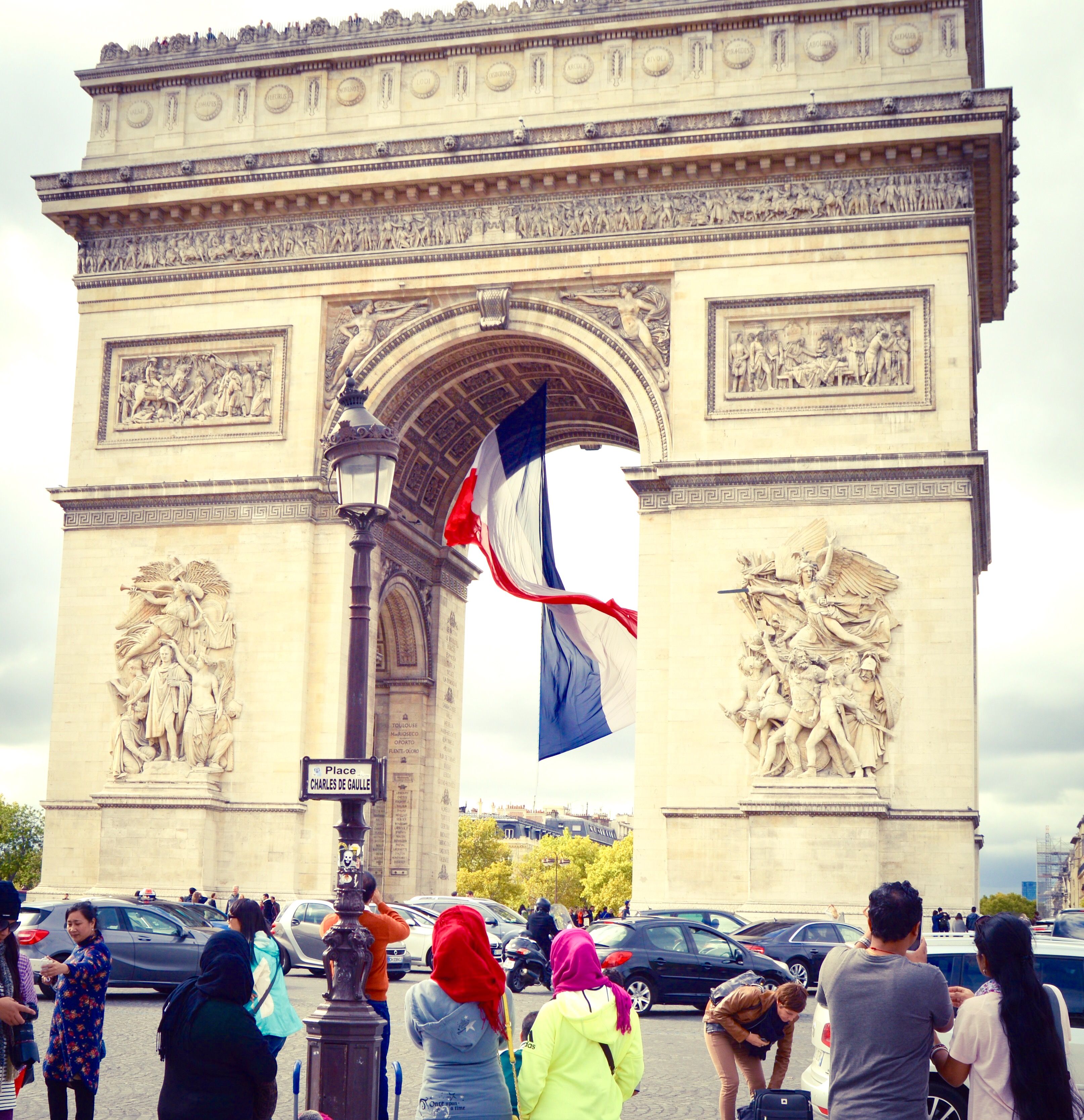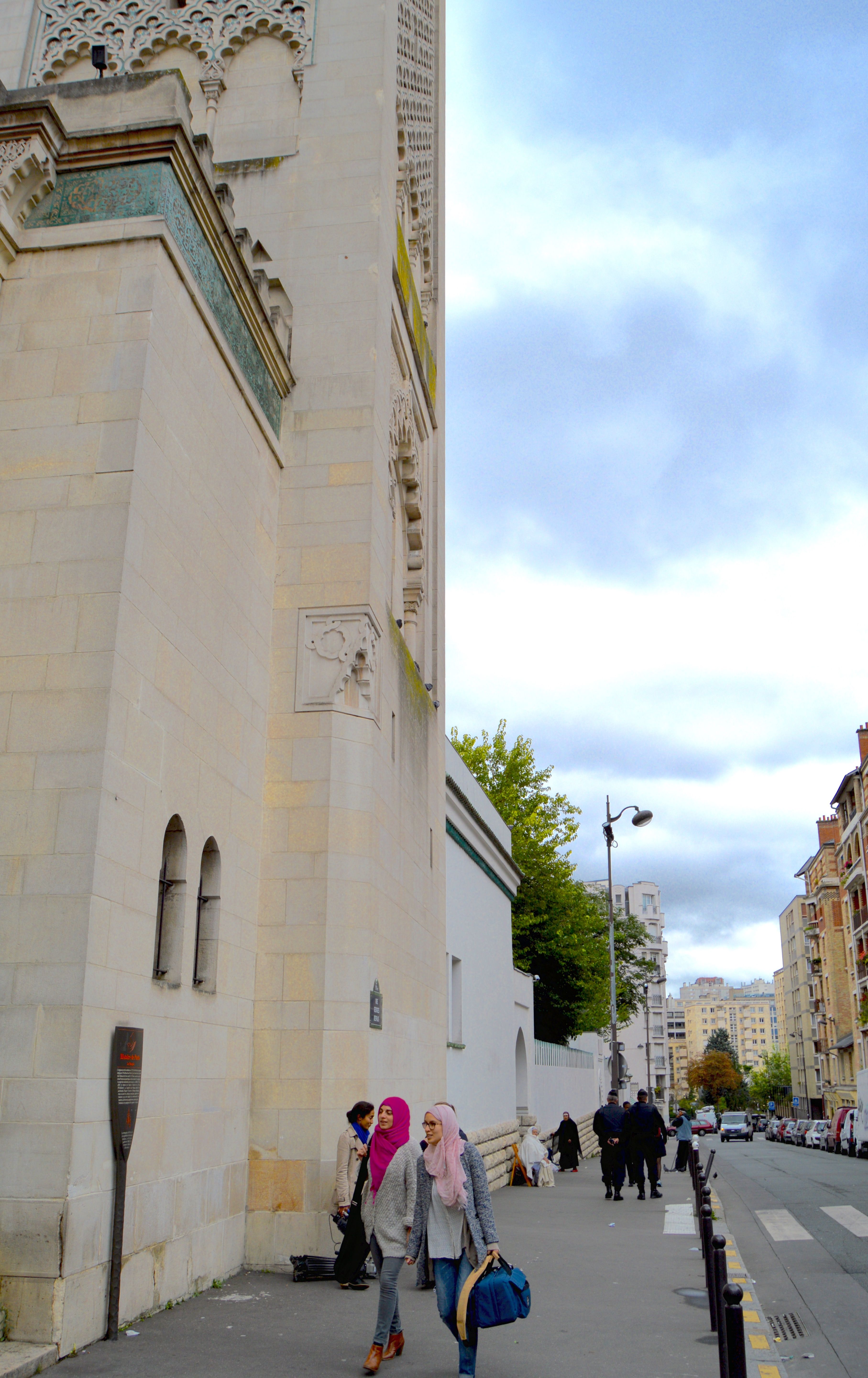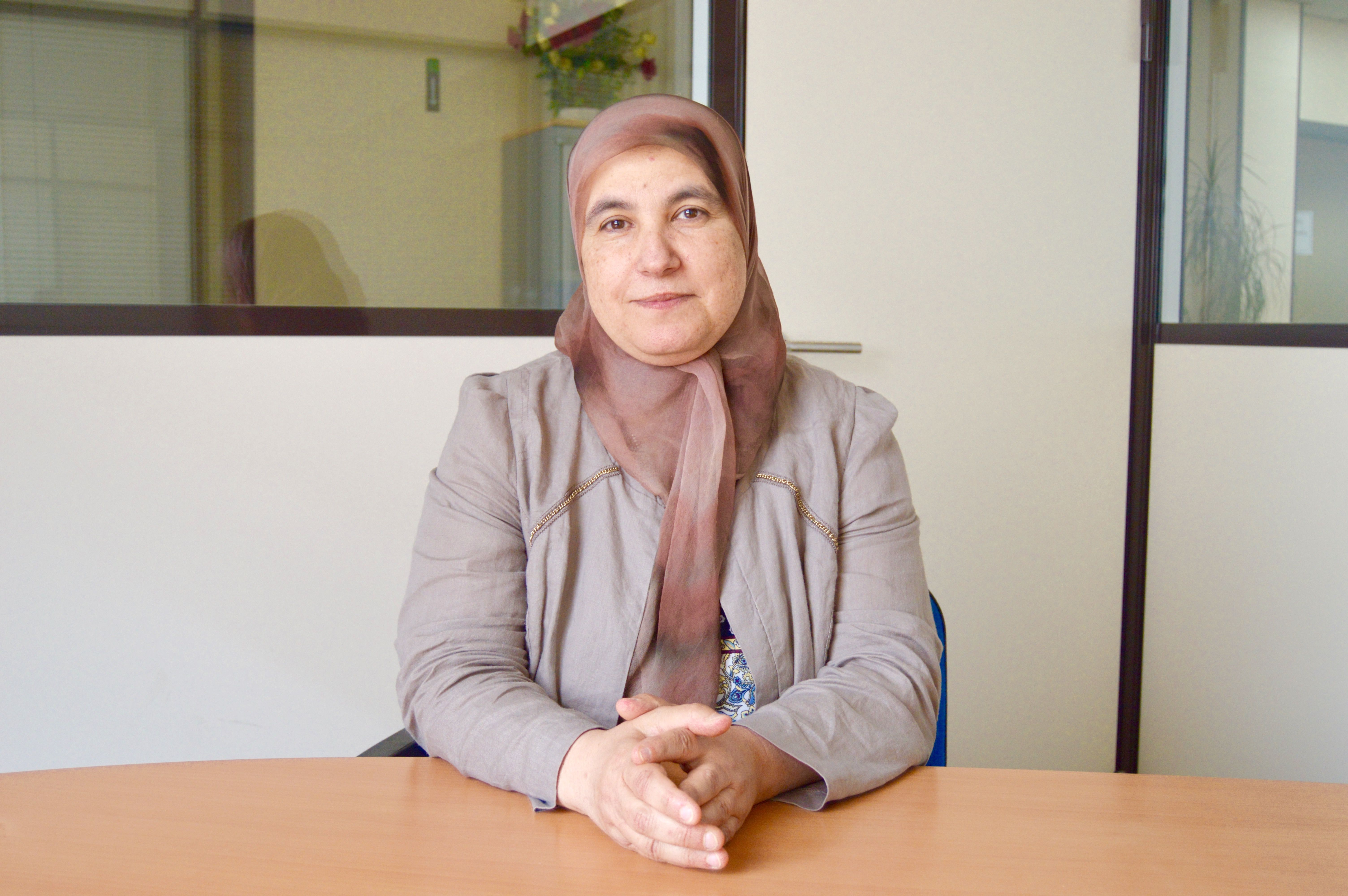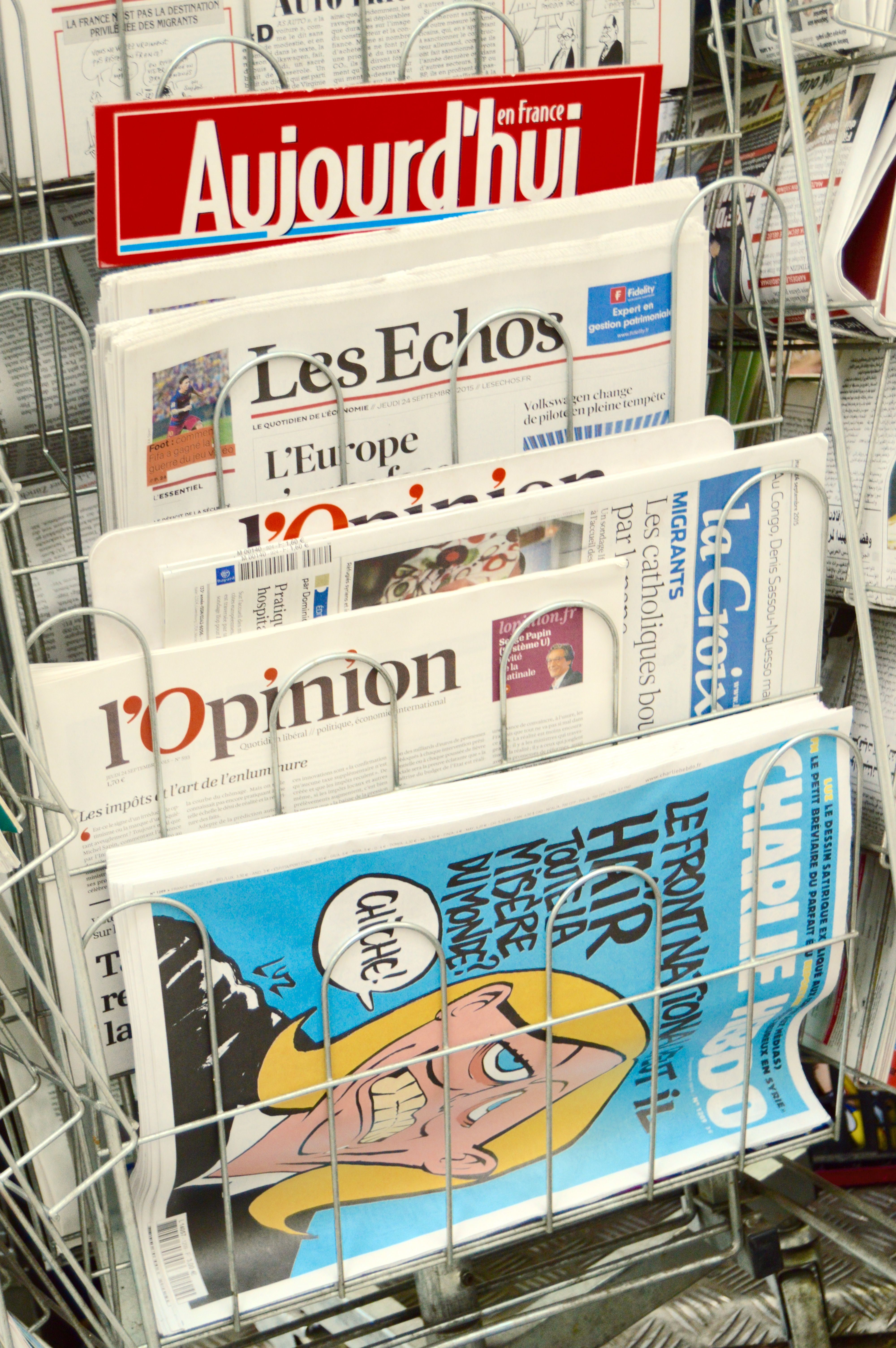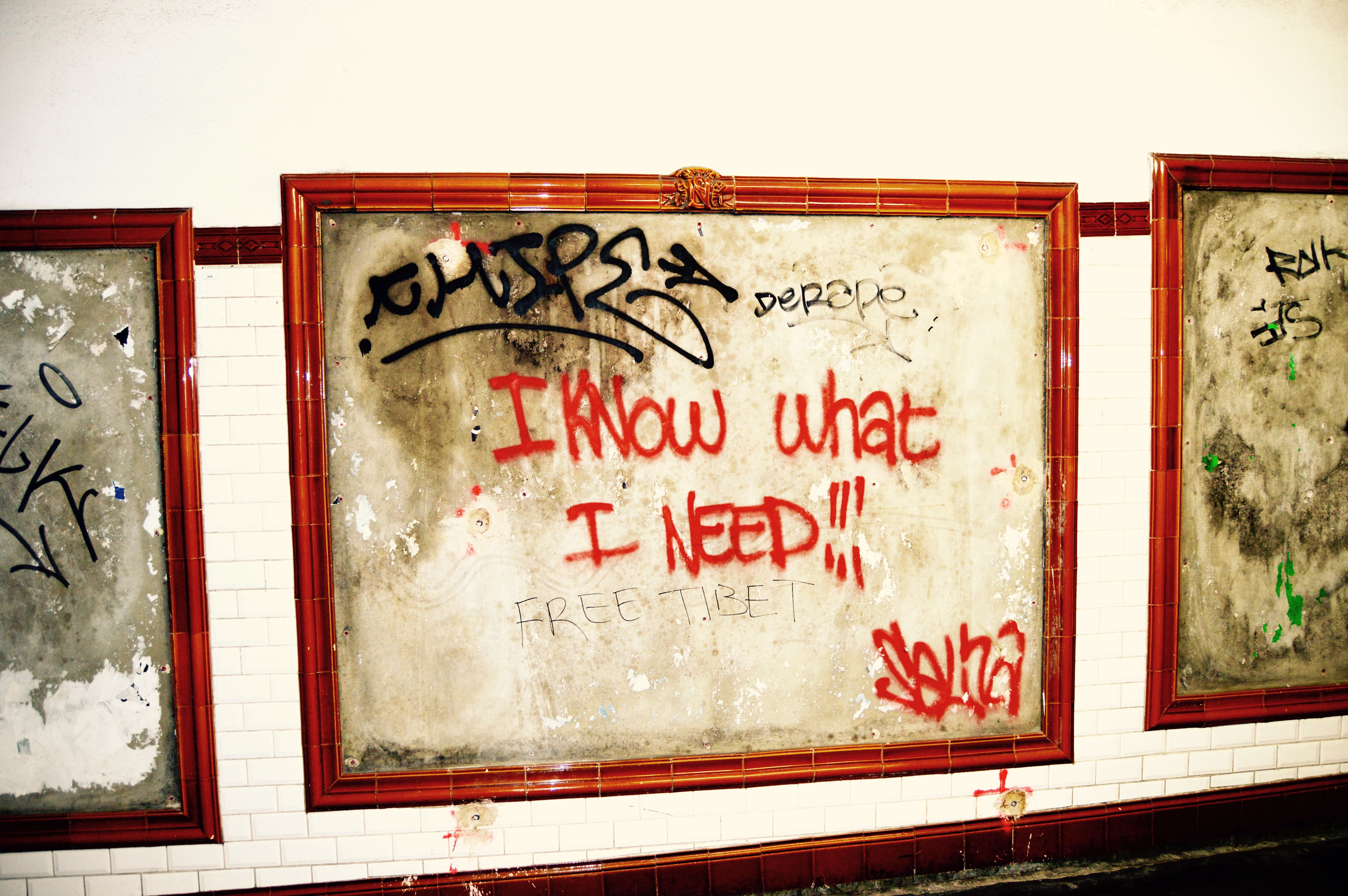Nearly a full year after the January attacks on French satirical magazine Charlie Hebdo that had published cartoons depicting Mohammed, France still struggles with religious inclusion and national identity. The attacks led to many rallying behind slogans of "Je Suis Charlie" ["I am Charlie"], "Je Suis Juif ["I am a Jew"], and "Je Suis Ahmed ["I am Ahmed"—the name of the Muslim police officer killed in the attacks]. But some wonder whether a European country with over 5 million Muslims can consolidate its identity so neatly.
As Muslims in some areas struggle with being perceived as foreigners, one begins to question: What does it mean to be French? For young Muslims, this is part of the atmosphere in which they’ve grown up. But they’ve also had to consider complex issues such as whether or not veils should be allowed in French public schools (currently illegal), or whether women feel pressured to remove Islamic veils to find a job. They’ve had to confront an increasingly competitive job market, in which youth unemployment has surpassed 24 percent and resentment may exist towards anyone viewed as "foreign" competition.
While the answers remain unclear, the call for open discussion grows ever louder, with some stressing the need for open, inclusive inter-religious dialogue. In this slideshow: Some of the faces and stories behind that issue.
